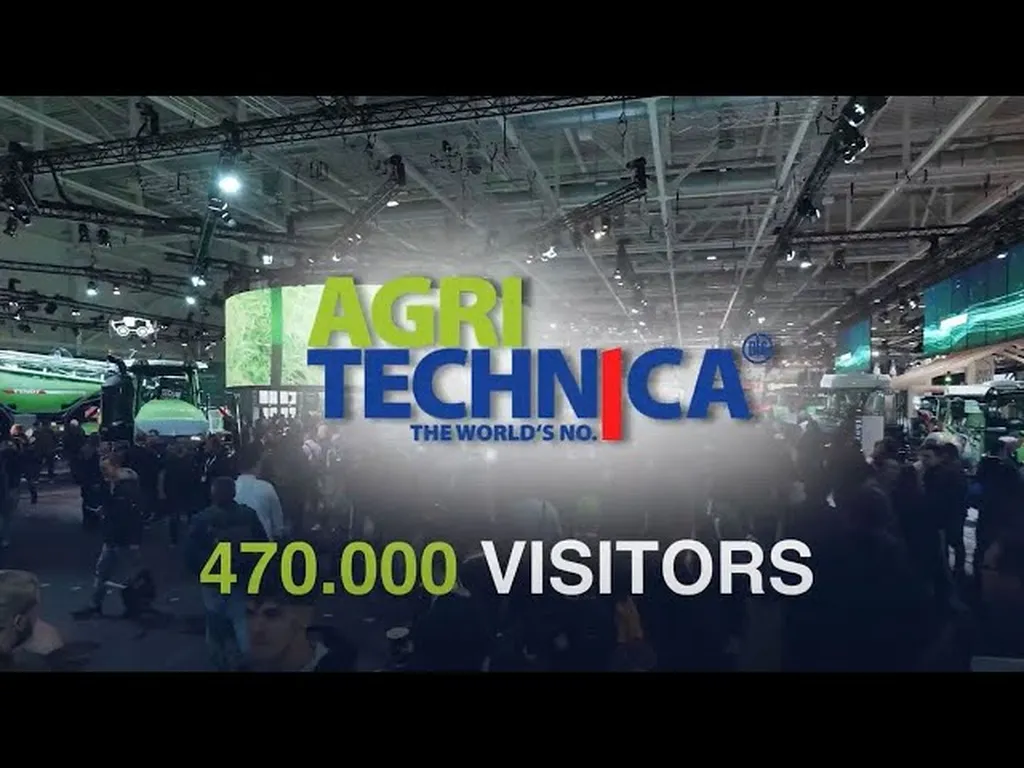Agritechnica 2025 is shaping up to be a defining moment for the global agriculture sector, with exhibitor participation surging by 200% compared to previous editions. The world’s largest farm machinery trade show, set to take place in Hanover, Germany, has become a barometer for the industry’s rapid evolution, drawing unprecedented interest from investors, established corporations, and agile startups alike.
The sharp rise in exhibitors—now double the number from the last event—reflects broader confidence in agricultural technology as a critical driver of efficiency and sustainability. Industry leaders are prioritizing innovations that merge precision farming with data analytics, autonomous machinery, and resource-conserving solutions. This shift isn’t just about incremental improvements; it signals a fundamental transformation in how food is produced, with technology addressing long-standing challenges like labor shortages, climate variability, and soil degradation.
Investment trends leading up to Agritechnica 2025 underscore this momentum. Venture capital and corporate funding are flowing into agritech at record levels, with a particular focus on startups developing AI-powered tools, robotic harvesting systems, and smart irrigation technologies. Analysts attribute this surge to a growing recognition that traditional farming methods alone cannot meet the demands of a burgeoning global population while mitigating environmental impact. The event itself has become a magnet for deal-making, as investors seek out the next generation of solutions capable of delivering higher yields with lower inputs.
The implications extend far beyond the exhibition halls. Technologies debuted at Agritechnica often set the standard for global agricultural practices, influencing everything from smallholder farms in emerging markets to large-scale agribusinesses in North America and Europe. For instance, advancements in precision agriculture—such as drone-based crop monitoring and variable-rate application systems—are already proving their worth by reducing waste and optimizing resource use. Meanwhile, the push for sustainability is accelerating the adoption of electric and hydrogen-powered machinery, aligning with stricter emissions regulations and consumer demand for eco-friendly production.
Yet challenges remain. The high cost of cutting-edge equipment can be a barrier for smaller farmers, raising questions about equitable access to these technologies. Additionally, the integration of digital tools requires robust infrastructure and training, particularly in regions where connectivity and technical expertise are limited. Industry observers will be watching closely to see how Agritechnica 2025 addresses these gaps, whether through financing models, partnerships, or scalable solutions tailored to diverse farming contexts.
For stakeholders, the event offers a critical lens into the future of farming. The innovations on display—from AI-driven soil health sensors to autonomous tractors—are not just futuristic concepts but practical tools poised to redefine productivity and sustainability. As the agritech sector continues to attract investment, the decisions made at Agritechnica could shape policy, research priorities, and market dynamics for years to come.
In this landscape, data and analytics are becoming indispensable. Platforms leveraging artificial intelligence to provide real-time insights—such as predictive maintenance for machinery or climate-adaptive planting recommendations—are gaining traction among investors looking to mitigate risk and capitalize on efficiency gains. The event’s emphasis on technology-driven solutions reinforces a broader narrative: agriculture’s future hinges on its ability to innovate, adapt, and scale solutions that balance economic viability with environmental stewardship.
As Agritechnica 2025 approaches, the spotlight isn’t just on the machinery and software debuting in Hanover but on the broader question of how these advancements will be deployed. Will they widen the divide between industrial and small-scale farming, or can they be harnessed to create a more inclusive and resilient food system? The answers may well emerge from the collaborations and commitments forged at this year’s show, making it a pivotal moment for the sector’s trajectory.

